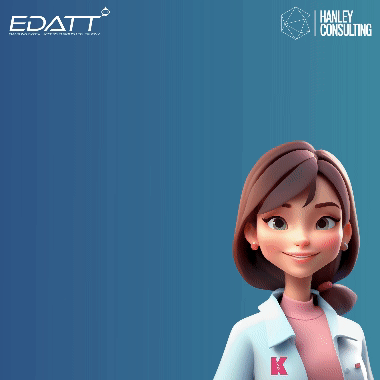Moorfields Eye Hospital is developing a tool to help personalise glaucoma treatment and identity patients most at risk of sight loss at the point of glaucoma diagnosis.
A team at Moorfields, led by Dr Anthony Khawaja, will establish a data resource, known as the Moorfields Glaucoma BioResource, that will be able to make better genetic predictions on which glaucoma patients are most at risk of sight loss and likely to require the most intensive treatment.
The biobank will use data from glaucoma patients at Moorfields Eye Hospital and the National Institute for Health Research BioResource. It is being developed in response to a recent study by Dr Khawaja, which identified over 100 genetic factors that are associated with intraocular pressure and glaucoma risk.
Dr Anthony Khawaja, consultant ophthalmologist at Moorfields Eye Hospital, said: “With the global glaucoma burden set to increase dramatically due to an ageing population, there is an urgent need to innovate how we manage glaucoma. If we’re able to successfully establish a genetic prediction model, we hope to better detect the most serious cases of glaucoma at the point of diagnosis to help prevent sight loss, and to identify low-risk glaucoma patients to reduce unnecessary treatment.”
Ailish Murray, director of grants and research at Moorfields Eye Charity, said: “This is really exciting news. We are delighted to have been supporting Anthony for a number of years now, enabling him to focus on his research. Building a biobank will pull together everything he and the team have learned about the genetics of glaucoma, with the aim of helping doctors detect those patients most at risk of losing their sight.”
“It’s fantastic to see years of hard work translating into something that could change the way we treat glaucoma and bring real benefit to patients across the UK and across the globe.”




